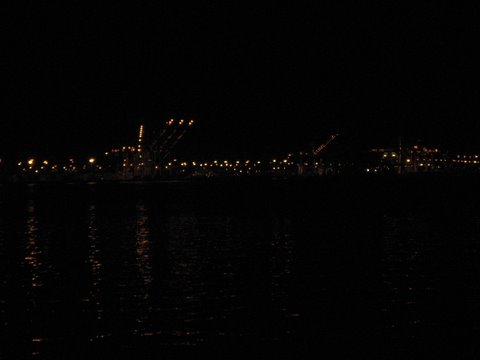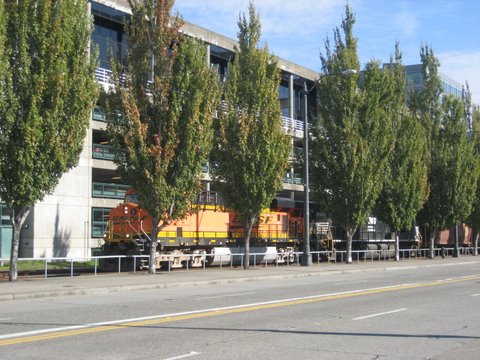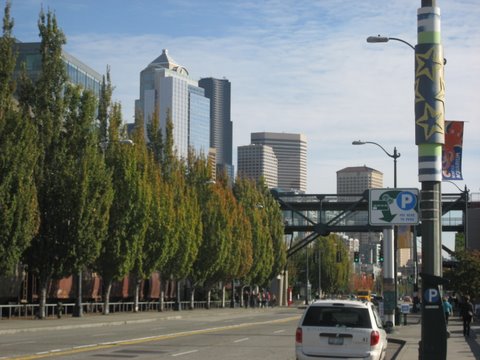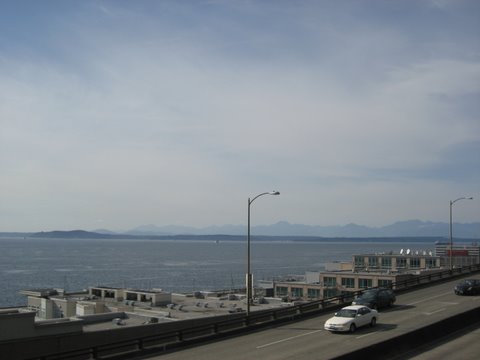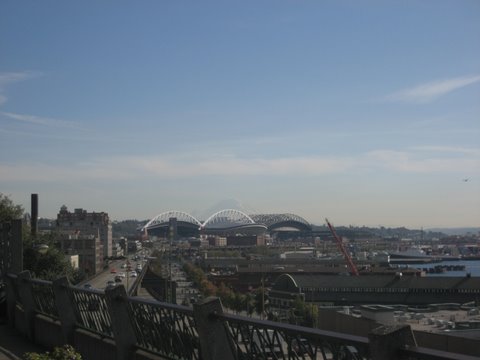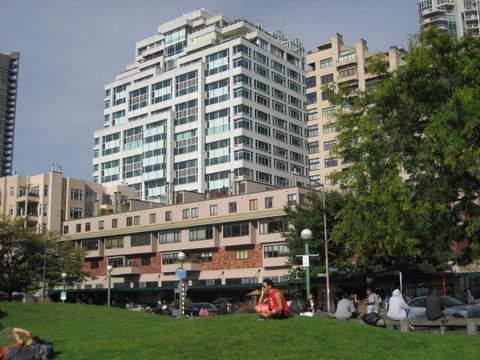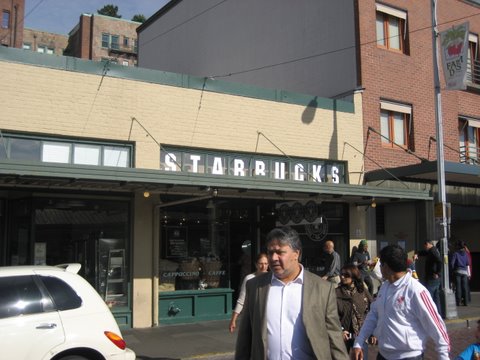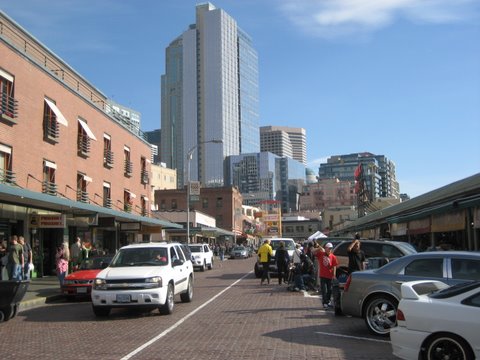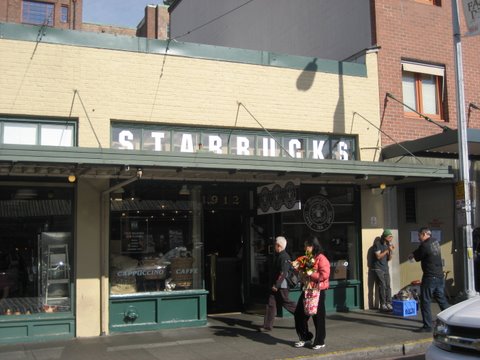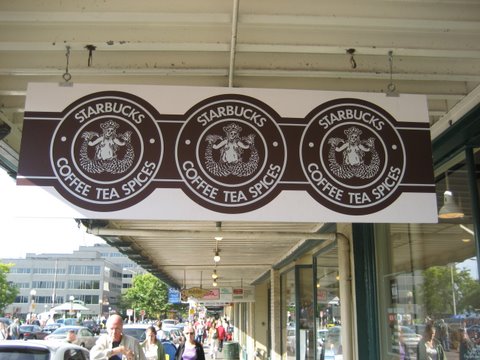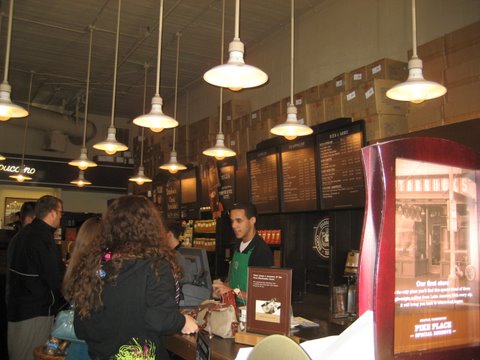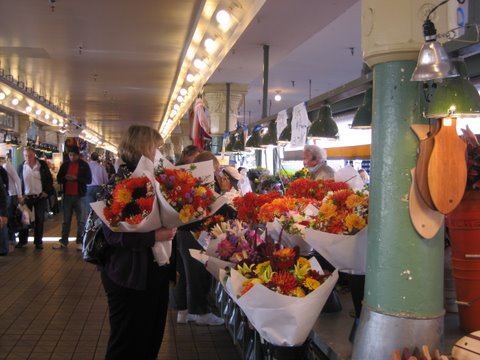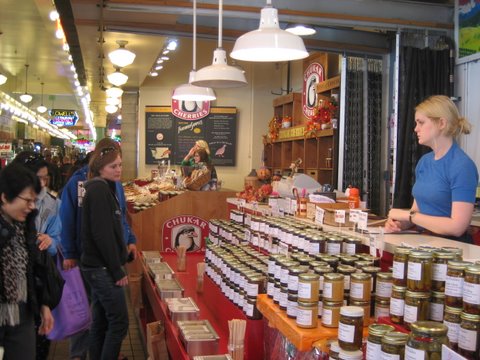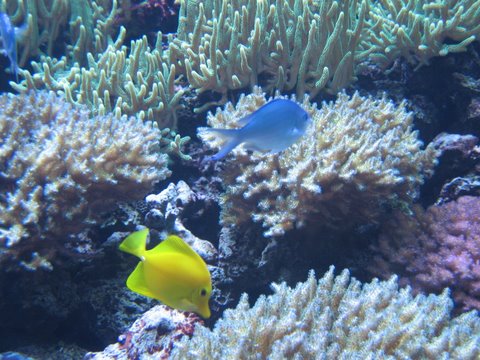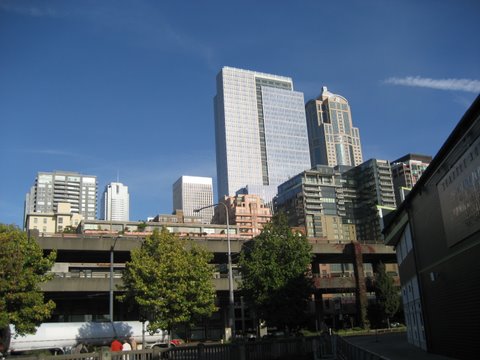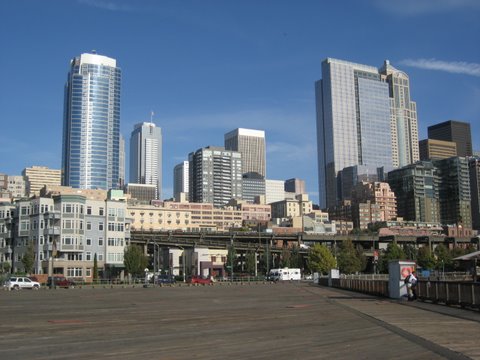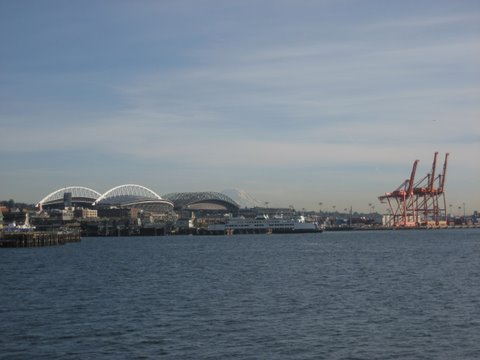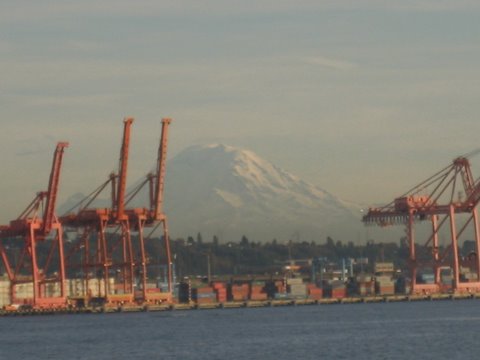→Japanese
Please click here for the photos.
The 2nd day at Hayman Island was beautiful. We should be outdoors in such day.
However, the program was quite packed. I was scheduled to be at the ‘Kailis Oration’ (Session 6) (cf. the program). This opening session of Day 2 was again hosted by Nik Gowing. It was an exciting session starting with questions raised by Bjorn Stigson, the photos linked above which I appear are of this panel (also included are the 2 photos of Nick Stern (facing backwards), myself, and Bjorn Stigson after the panel).
Clyde Prestowitz, whom I met in Tokyo a few weeks ago, is also participating in various discussions starting today.
For lunch session, I joined session 9.5, a panel surrounded by beautiful greens. Somehow the discussion focused on the issues of Australia. My colleague William Saito was also on the panel with me. Chris Selth said that there were few targets for VC, was quite critical in that sense pointing out how dependent Australia was on its rich natural resources for its economic growth…. Then followed the plenary lecture by Richard Wilkinson (right after session11). I think that producing such type of academics as Dr. Wilkinson represents one of the strengths of British academic community.
Another session was ‘Cybersecurity’ (session 12.2) hosted by Nik Gowing. William Saito did a very good job here.
On the 3rd day, 29th, I was especially impressed, among many, by Stephan Bungay in session 16.3, and Bror Saxberg of Kaplan (I felt that the power of the US lies in the fact of having quite a volume of extraordinary, brilliant and ‘crazy’ people like him) in session 17.3 ‘Education futures’ whom I have introduced to you in my last report , and my old friend Jeff West (another brilliant and ‘crazy’) in session 20.3. These sessions were all very moving and thought provoking.
There were of course many other sessions that I would have liked to join, but as you see from the program, doing so was not easy.
My last appearance in the afternoon was with William Saito at ‘Japan -Perspectives on Change’ (session 19.3). Australia, the host country, has just gone through the federal election which ended in an unexpected result and people here were talking about it excitedly. On the other hand our story is; ‘Japan? Well, we had 5 prime ministers in these 4 years. Maybe the 6th is coming soon?’ ? isn’t this a bit sad? I tried to include many comparisons and metaphors to make my points of Japan clearly understandable to non-Japanese intellects; perhaps, I somewhat succeeded since after the session I was told by several people that my discussion was ‘very persuasive, clear, and easy to understand’. I do think that the current (and even the last 50 years') situation of Japan is difficult to understand if we do not present them in a sound logical manner, focusing to the basic issues and from outside perspective.
The closing ceremony ended by a very moving speech by Michael Roux, the host.
We enjoyed a nice dinner reception in the evening.
I would say that this 3 days’ retreat was a very nice event of a good size which made it possible to share much more intimate time, even more than the World Economic Forum in Davos (which I posted for many years), with truly wonderful participants to exchange different and common views and share new ideas. I was able to see my old friends, make new friends, see ‘great’ people such as those whom I have introduced to you in my report postings ‘1, 2’ and Gita Wirjawan (Ref.1) of Indonesia. I learned a lot from each of them. Also, I was lucky enough to be asked to join in many good sessions in earlier phase (opening panels of day 1 and day 2) so many new friends noticed me from early of this three days Retreat I sincerely thank Michael Roux for his invitation and thoughtsfullness.
